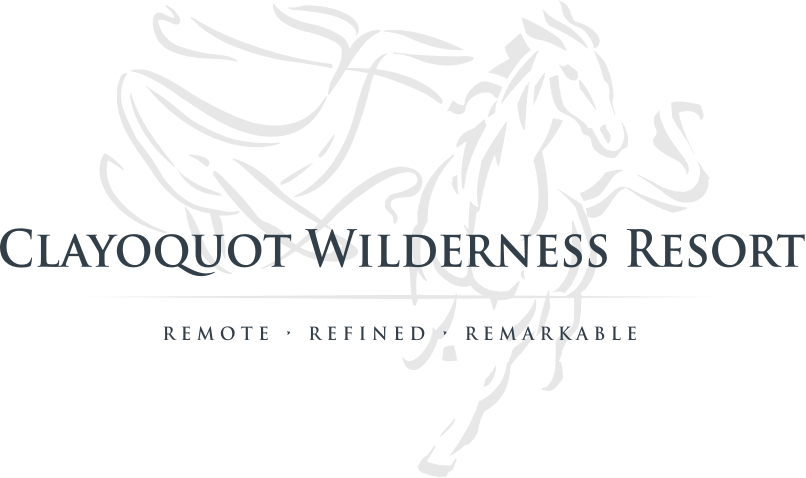Destination
Clayoquot Sound Biosphere Reserve
Clayoquot Sound contains some of the world’s last remaining untouched ancient temperate rainforests. Some of the trees were seedlings many centuries before Europeans settled in North America. Clayoquot Sound is an important site for biodiversity, and for traditional resources for the Nuu-chah-nulth First Nation.
The United Nations Educational, Scientific and Cultural Organization designated Clayoquot Sound, a protected Biosphere Reserve in 2000. The reserve is situated in Vancouver Island on the west coast of British Columbia, Canada. A diverse range of ecosystems exist within the biosphere reserve boundaries, including temperate coastal rainforest, ocean and rocky coastal shores. Clayoquot Wilderness Resort is located at the very centre of the biosphere, at the northeast end of an 11-kilometre-long deepwater fjord in Bedwell Sound, at the mouth of the Bedwell River.

